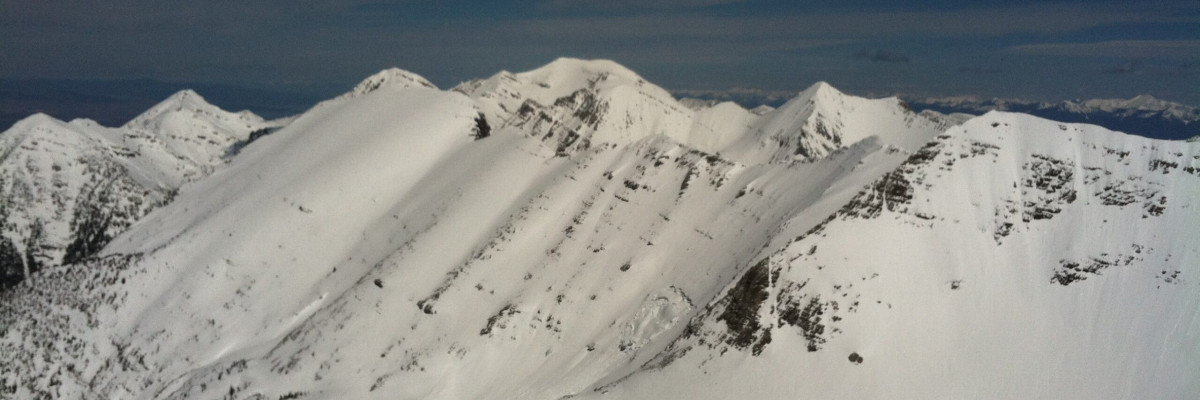Hello backcountry snow seekers. This is Steve Karkanen with springtime avalanche information from the West Central Montana Avalanche Center.
With the upper Clark Fork basin showing between 70% and 90% of normal snowpack for April 1, we can be thankful for the early season snow we received. December and early January were good to us and the only reason western Montana mountain ranges are not in the dire condition other western US mountain ranges are in (see map).
I’ll do my best to be optimistic about the current lack of snow by saying that mountain locations in the Northern Rockies can continue to accumulate snow through April and even May. And when that happens, avalanches happen, usually due to the new snow not bonding to the old snow surface or melt water percolating down and lubricating a slide path’s bed surface.
For the most part, our snowpack has already been through several melt-freeze cycles and rain events and has adjusted to spring early this year. The main avalanche issues to be concerned with now are wet loose snow avalanches on warm days after a new snowfall, fresh wind slab development during storms and weakened cornices.
The best travel advice for this time of year is to avoid being on or under steep terrain when you start seeing pinwheels or other movement with the melting snow. Move to more shaded or cooler terrain when you see this or when you are easily punching through to boot top level.
After new snow, check to see how well it has bonded to the older snow surface and realize that wind slabs can remain sensitive for several days.
Cornices can’t be trusted and they especially weak in the spring.
This will be our last information statement for this season but we will continue to monitor and post any public observations as we receive them. If you get out and see something worth passing along, please do send us an email or use the form available on our website at missoulaavalanche.org. The information provided might keep someone out of trouble.
Thanks for all the support this year! We couldn’t do it without your financial help and it is deeply appreciated. A special thank you goes out to the dedicated board members of the West Central Montana Avalanche Foundation, our non-profit support organization.














